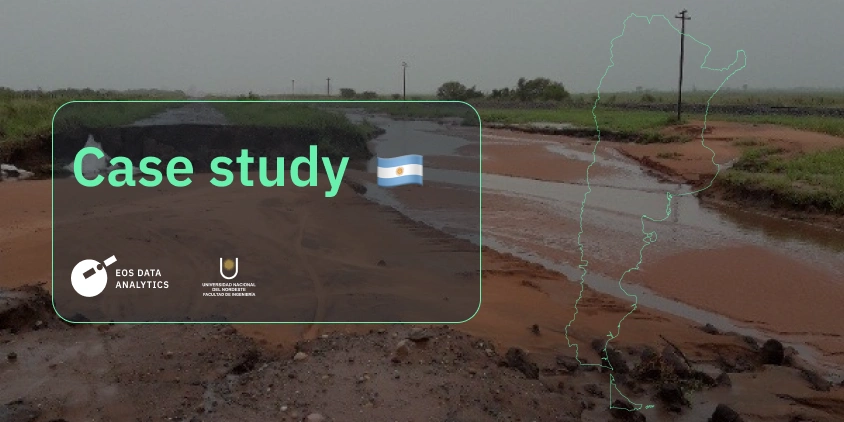
Sattech Helps Calculate The River Basin Curve Changes
Some studies target specific actors who significantly contribute to climate change, while others offer a subtle analysis that only hints at the responsibility but focuses on providing facts. Mauricio Julián Giménez is one of the undergraduate students whose purpose is to pinpoint the facts of the ecological catastrophe and ensure all data is correct.
In Salta, Argentina, inadequate land use dramatically impacted the river basins, altering their curves. That transformation affected the surrounding ecosystems and human-made infrastructures, namely, the railway and local roads that required hydraulic adaptation. Mauricio and his colleagues’ mission was to calculate the curve number (CN) change using parameters like the surrounding vegetation, rainfall data, etc. He applied to the EOS Data Analytics Academic Outreach Program and used EOSDA LandViewer, a platform for satellite imagery analysis in real-time. Mauricio performed necessary calculations using various indices and other platform functions. Read on to find out more about his study.
| Challenge | Mauricio Julián Giménez needed to calculate the changes in the curve number of the local river basins in Argentina. As the area is quite large, Mauricio and his team needed sattech to assess the scale. |
| Solution | Mauricio applied to the EOSDA Academic Outreach Program and got access to EOSDA LandViewer to evaluate the curve number. He and his team used the vegetation indices and historical data from the areas of interest to see the changes over time. |
| Outcome | The curve number was calculated, and changes were seen quite clearly. Human activity was likely to cause such effects, so the methodology of Mauricio’s study can be now used in other regions of the world. |
Local Context: Changes In The Coronel Mollinedo Basin In Argentina
In Salta, between the Dorado and Del Valle rivers, the basins are experiencing alterations due to deforestation and certain practices that cause increased hydraulic runoff. Intense rains in the region, combined with these practices, result in constant flooding in the surrounding areas, damaging railway and road infrastructure as their design parameters are modified.
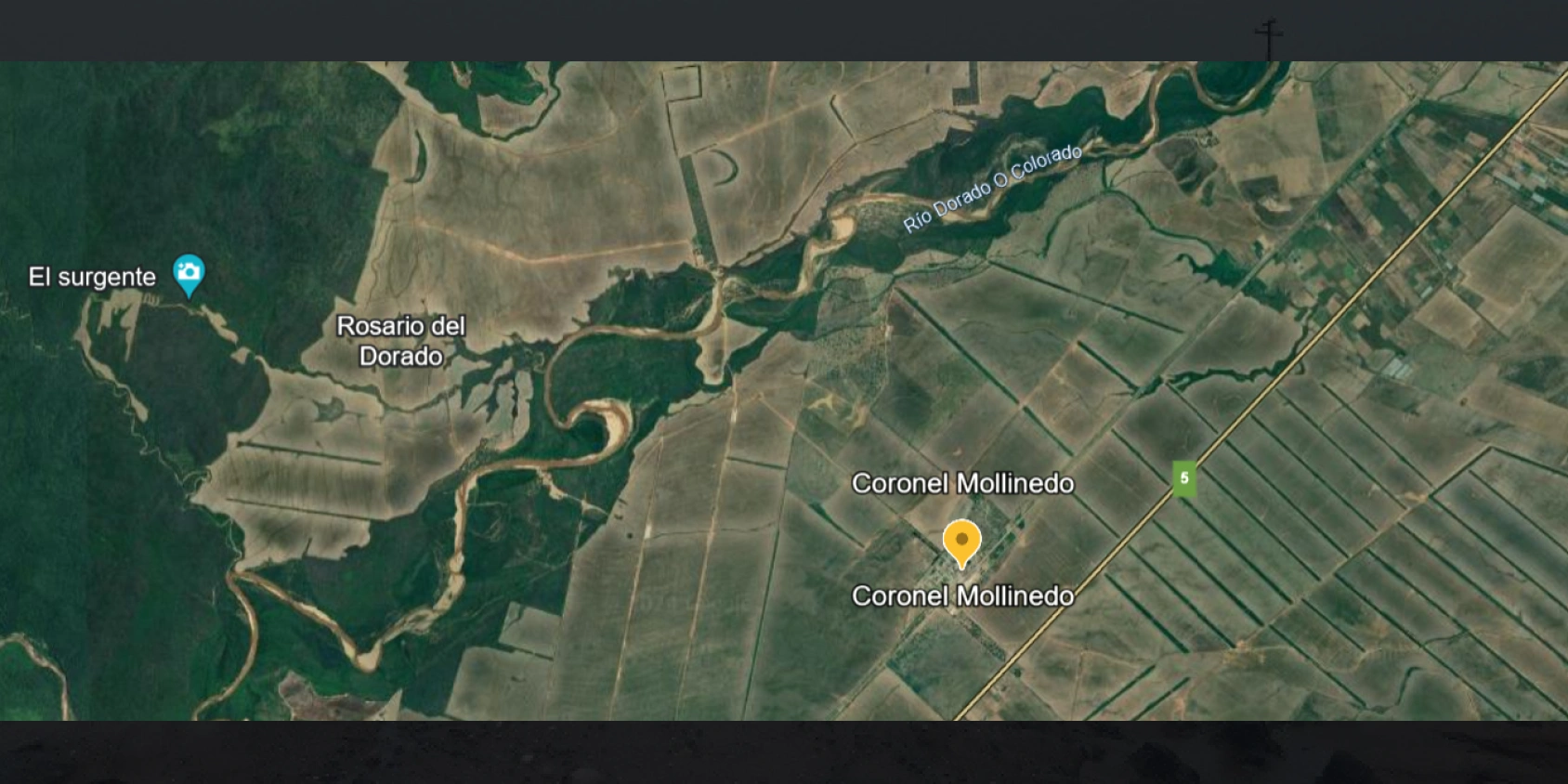
Due to constant human interventions, such as deforestation and inadequate agricultural practices, the local basin soil erodes faster. Heavy rains in the region, combined with eroded banks, lead to constant flooding of the surrounding areas. A series of floods that occurred between March 2017 and March–April 2019 has led to significant damage to the structure of the railway and local roads, necessitating a hydraulic adaptation of the whole infrastructure.
This area is characterized by a steep slope, which significantly influences runoff patterns, and erodible soils further complicate this influence. According to the Instituto Geográfico Nacional, topographically, the upper basin of the Del Valle River has a height close to 2,090 meters above sea level, with a regional average slope of approximately 0,0030 to 0,0040 m/m.
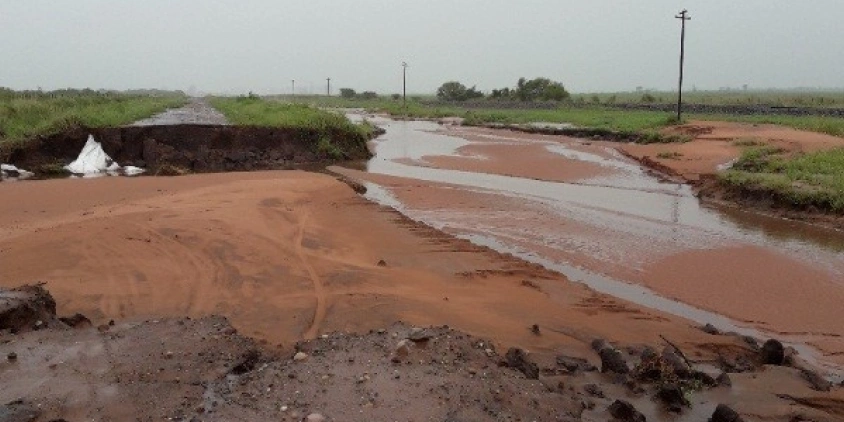
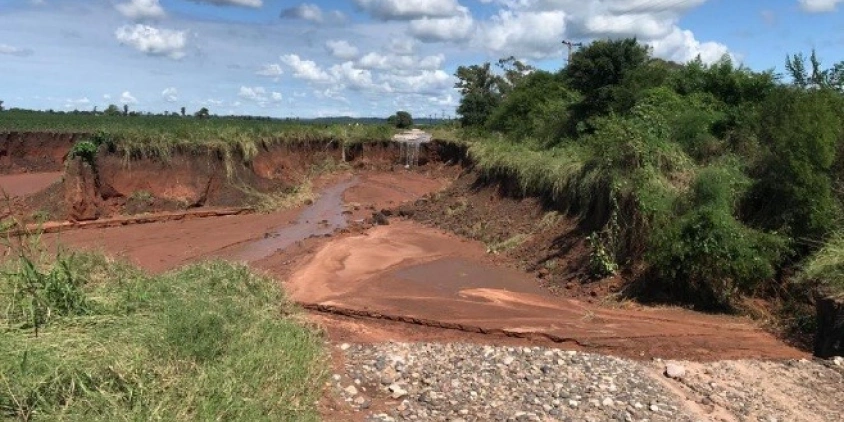
Focus: Curve Number Of River Bank Erosion
The local communities had a need to calculate the damage done by human interventions. Constant flooding is directly connected to deforestation and unsustainable farming practices. According to INTA, forests absorb three times more water than the soil used for cattle farming and ten times more than the soil used for soybean cultivation. Since both activities experienced enormous growth in the Argentinian farming sector, this has had a negative and unplanned impact on the ecosystem.
Mauricio and his colleagues from the Hydraulics Department of the Engineering School in Universidad Nacional del Nordeste (UNNE) are on a mission to “contribute to the progress of knowledge in the field of hydraulics through innovative research, development of sustainable technologies, and practical solutions.” In other words, they are addressing current and future challenges related to water and its efficient management.
The values of our department include research excellence, technological innovation, ethical integrity, teamwork, multidisciplinary collaboration, environmental responsibility, and the generation of positive social impact. This is what we tried to follow with this study as well.
The undergraduate research team consists of Mauricio Julián Giménez, Florencia Daniela Fleitas, and Marco Antonio Sosa. They are directed by Alejandro R. Ruberto (Master in Engineering) and collaborate with co-director Marcelo Gómez.
The Curve Number changes that Mauricio and his team are trying to calculate are used to estimate water runoff from the surface. The situation described in the previous section is connected with the CN, as an increase in this number implies a higher runoff velocity, which increases the volume of water flowing over the surface since the eroded banks are getting wider and foggier over time due to rainwater runoff from the fields.
Research: Sattech To Help Calculate The Curve Number
As CN on the erosion area was a clear indicator of the changes in the basins, the team needed to calculate this number using all available tools. However, calculating the direct runoff volume in the study area took a lot of work due to several variables, such as soil type, changes over time, and additional factors like the slope, vegetation, and humidity.
In order to determine CN, it was important to start from a value obtained, validated, and calibrated, which is why the study was based on the idea of hydraulic adequacy that restores the area’s hydrological behavior. Essentially, the researchers needed to choose the baseline value to start from and then determine how much it has changed up to the calibrated base value in 2018. But that was not only one value to start with.
It was also essential to know what proportion of the rainfall volume would run off on the surface and its distribution over time. The absorbed rainfall volume would allow them to understand the surrounding conditions of a hydrological system, namely the basins, and, consequently, how it will react when a rainfall event occurs.
This volume number shows how much water the area can actually store to avoid flooding and how much that changed due to human activity.
In the study, the “roughness” of the soil was a key parameter to determine the retained rainfall volume. This parameter included variables defining CN:
- The type and current status of soil moisture;
- The type and status of vegetation;
- Agricultural, forestry, and livestock practices;
- The existence of elements that act as reservoirs, waterproofing, etc.
The type and current status of soil moisture and vegetation are the variables that can be determined remotely with the help of satellite imagery analytics. To learn them, Mauricio and his team decided to participate in the EOSDA Academic Outreach Program. They applied for it in 2023 and were granted three-month access to EOSDA LandViewer. During that time, the team of researchers obtained all the data needed for their study.
Methodology: Vegetation Indices And Land Cover Classification
The team needed to ascertain the use of the soil in each period analyzed. They chose the 50-year period from 1968 to 2018 and required some historical data from the satellites to assess the chosen area fully. Images from EOSDA LandViewer covered the period from 1984 to 2019. Mauricio and his team selected their area of interest (AOI) containing the basin under study, and the platform automatically selected the images closest to each event.
It should be noted that the region experienced heavy rainfall during the chosen period between 1968 and 2018. Therefore, some satellite images had a certain level of cloudiness, making it difficult to obtain all the data necessary to carry out the classification. Luckily, the wide array of satellites and revisit time available on the platform made it possible to find the desired images. The rainfall data were verified with a 10-day forecast.
The team used NDVI (Normalized Difference Vegetation Index) and EVI (Enhanced Vegetation Index) indices as vegetation cover classifiers. NDVI is the most popular index used to determine vegetation based on the greenness of the land cover. EVI is a more specific index used to reduce the noise in satellite images and correct them so that they show vegetation cover more precisely. Below, you can see how the NDVI from EOSDA LandViewer correlates with the vegetation seen by the naked eye and how researchers identified the vegetation state and land use.

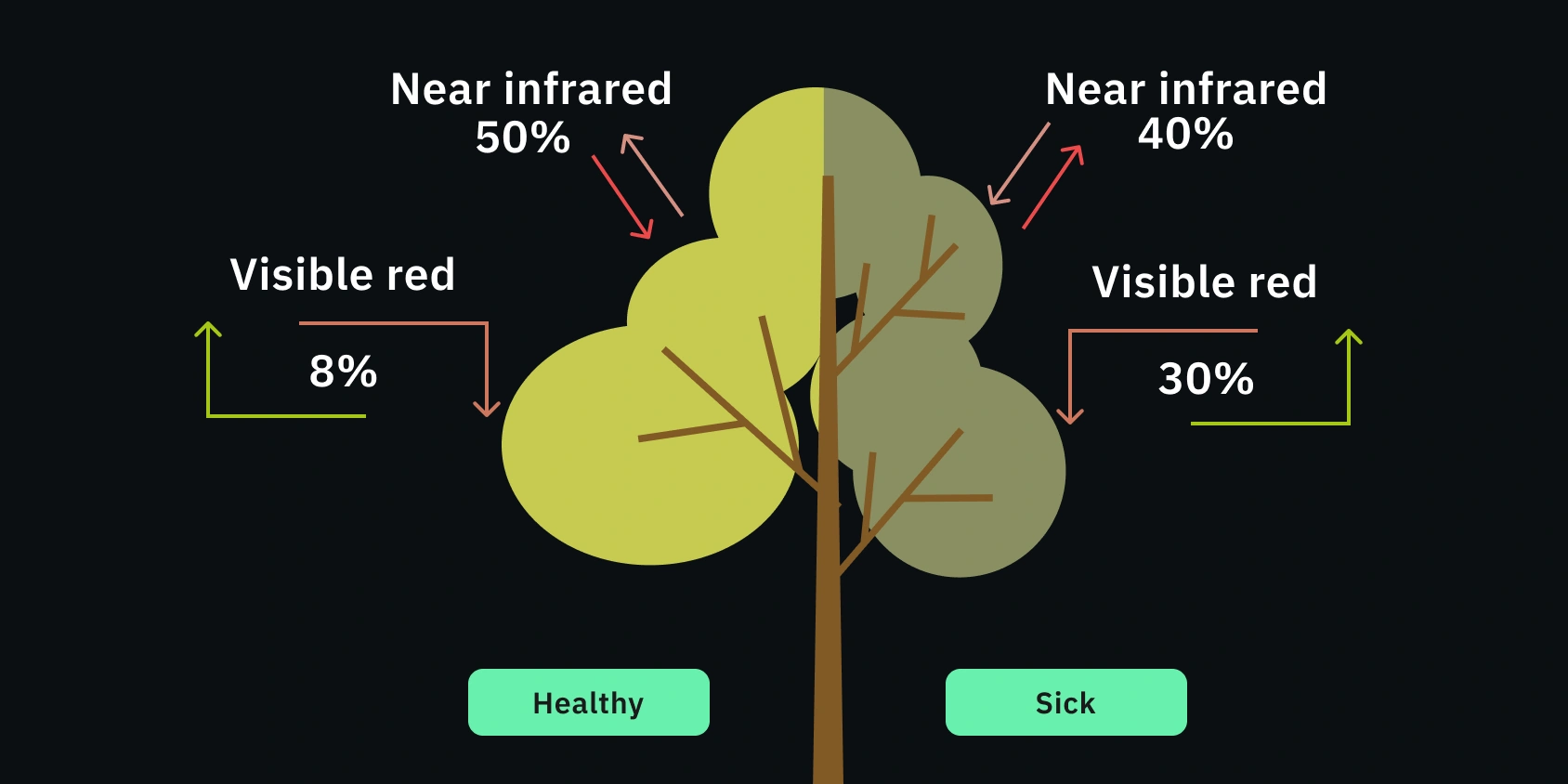
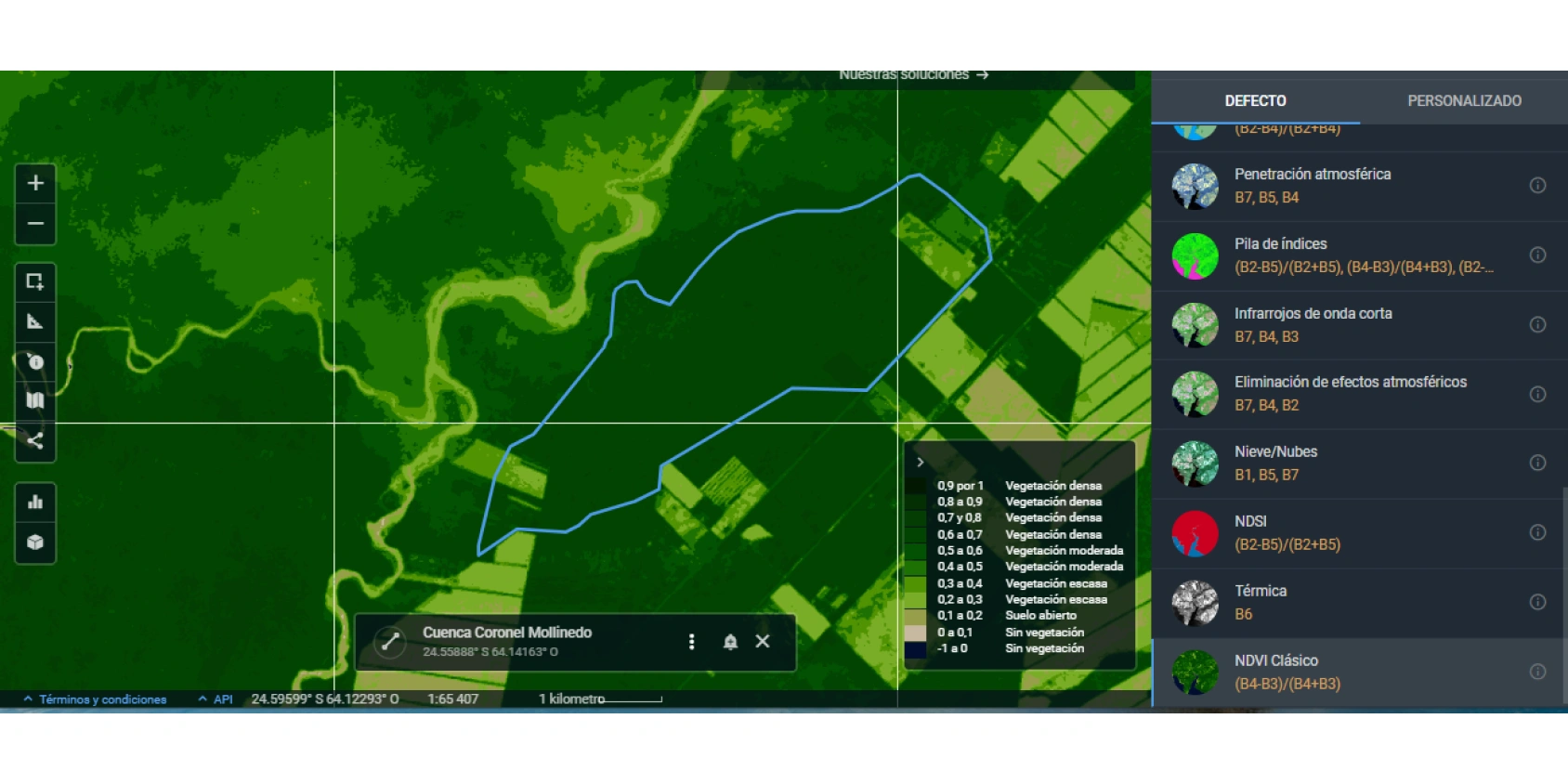
The researchers also focused on classifying the land cover types in the area. In the AOI, native subtropical xerophytic forests, trees represented more than 75% of the vegetation, in addition to combinations of tree and shrub forms, deciduous leaves in winter, and reduced and coriaceous (i.e. leather-resembling) leaves. EOSDA LandViewer provided data with a high enough resolution to classify, along with a wide variety of band combinations, allowing for distinguishing the evaluated vegetation type. It was also important to detect waterlogged areas and bare soils (fully or partially) to obtain information on the soil’s capacity to retain water.
The basis of this study was the unsupervised classification using EOSDA LandViewer.
This type of classification means that the algorithm automatically establishes the land use zones, without area-specific machine learning model training. We used the tools available within the platform in the “Clustering” tab, where similar areas or parcels can be grouped based on specific criteria defined by the user.
However, they also combined the data with supervised classification, which was based on a more detailed exploratory analysis, allowing for a more precise definition of land use. For instance, for this subclassification, it was helpful to know the root depth of the plants since the deeper they were, the more significant their direct impact on water retention and storage capacity.
Below, you can see some of the images taken from the EOSDA LandViewer and how Mauricio and his colleagues classified them.
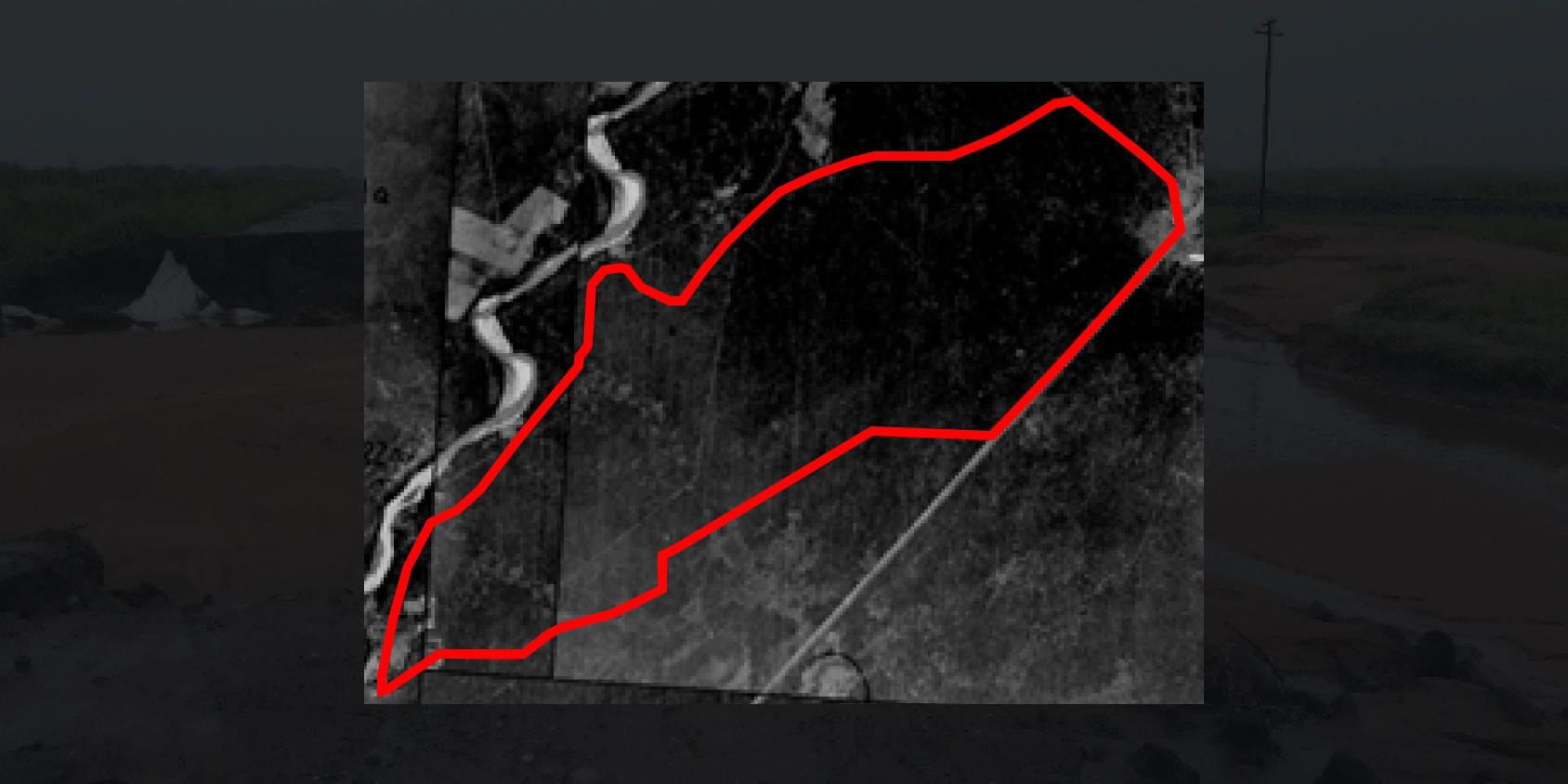
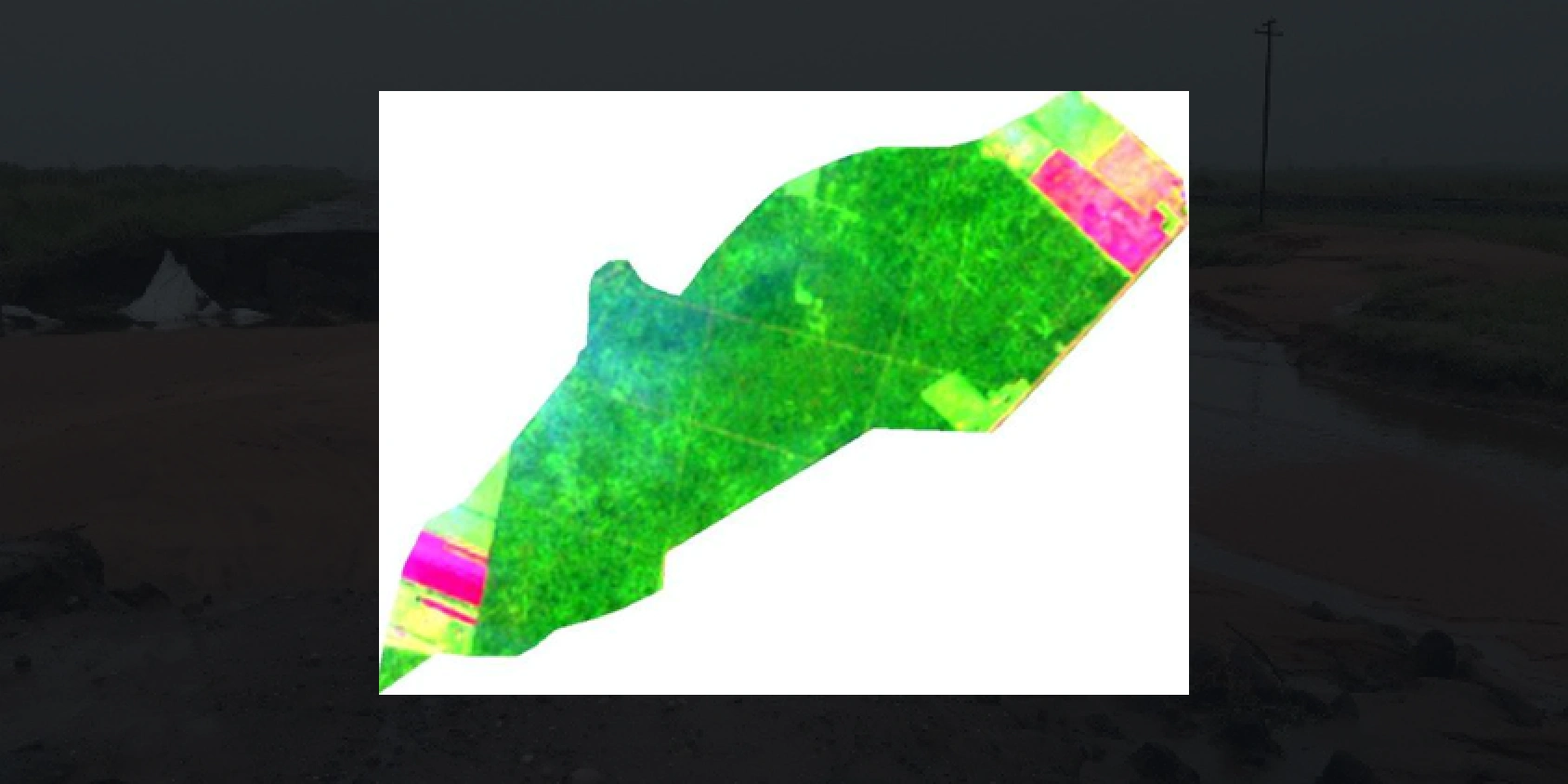
The black-and-white photo shows an archive aerial image of Coronel Mollinedo basin from 1968. This is a visual confirmation of how the area looked at the time of the research starting point. The colored image shows an unsupervised classification Landsat image of the same area from 1986. It is an index map that classifies the land correctly and allows seeing any changes.
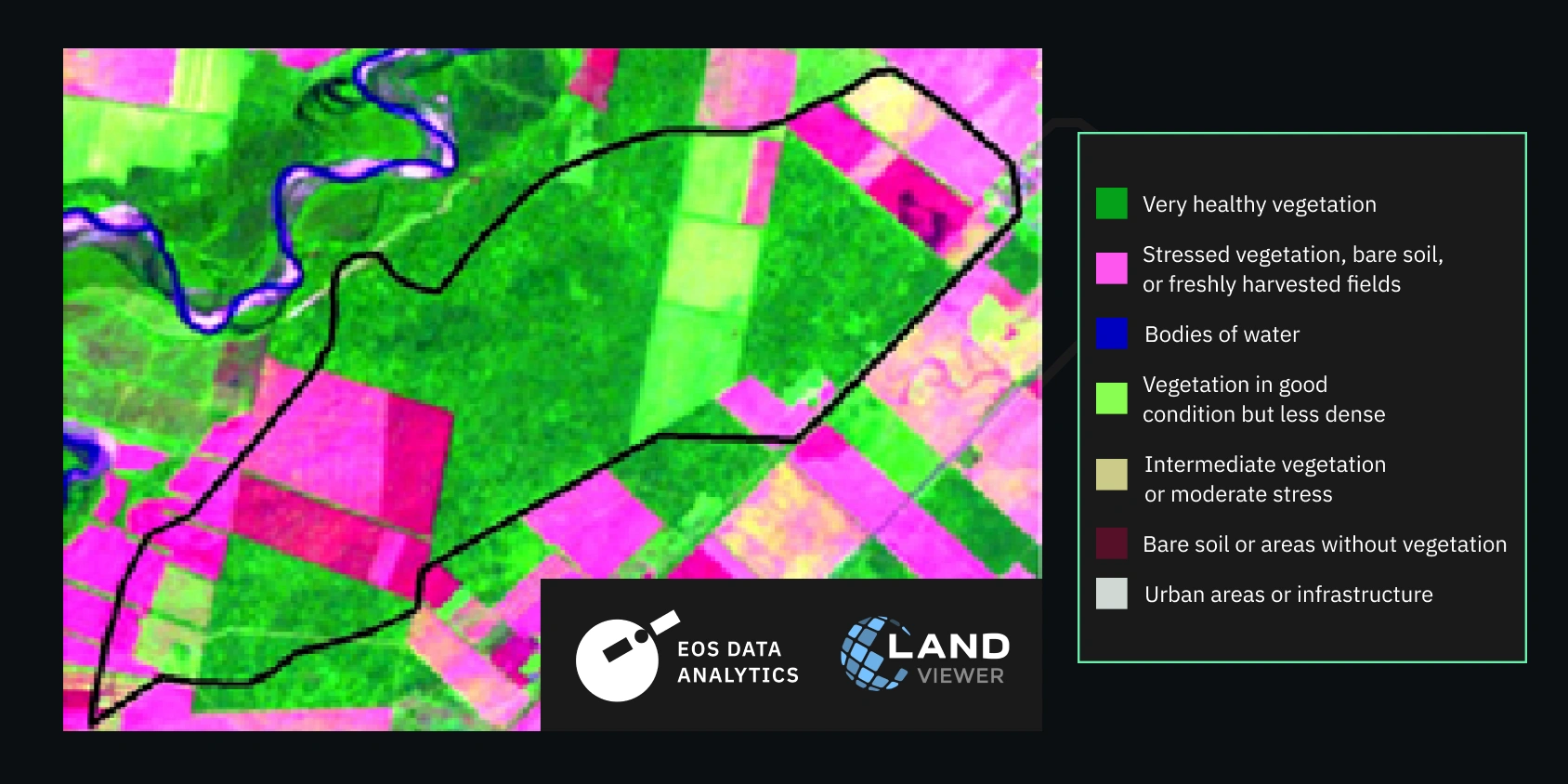
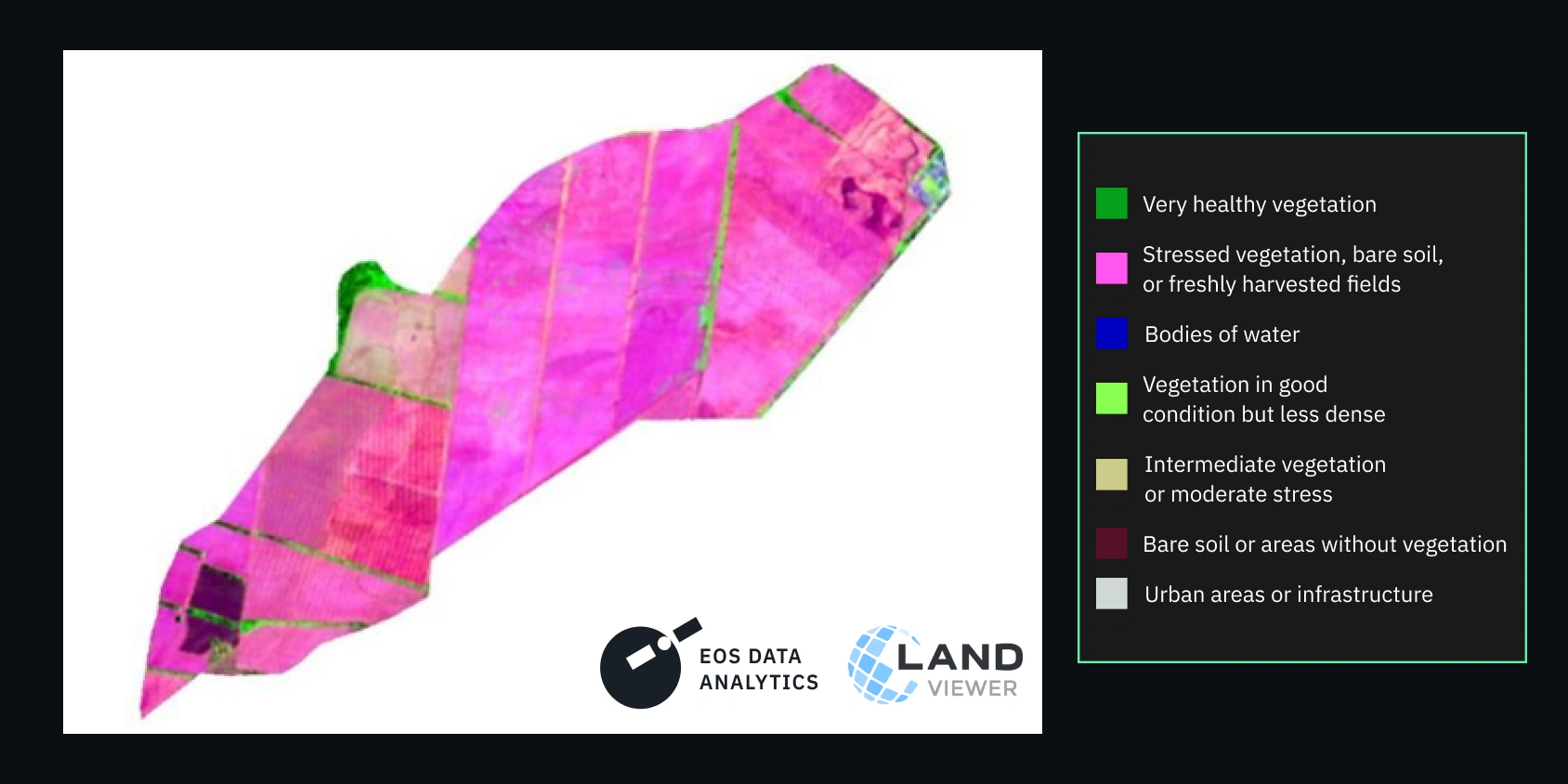
The first image shows the unsupervised classification done by the EOSDA LandViewer on the Coronel Mollinedo basin AOI from 1994. On the right, you can see a supervised classification on the image from 2018 that covers the precise AOI. There is also an apparent change in land use, with the pink areas growing gradually throughout the years.
The land classification allowed researchers to see a clear correlation between the vegetation indices’ change over time and prior knowledge of deforestation and changing agricultural practices. All the data described above, plus several other parameters, allowed researchers to conclude the study.
Methodology: Vegetation Indices And Land Cover Classification
During the analyzed years, land use was classified, vegetation cover mapped, and runoff potential and water seepage conditions identified. All of those parameters were then combined into the curve number, which indicates any changes in the basin curves over the selected time period. The authors also consulted with relevant research on the matter.
EOSDA LandViewer allowed us to complement our research with historical data. It visually represented how the area changed due to human activity and showed that the curve number indeed moved up the scale.
Considering the collected data on soil moisture and saturation, rainfall analysis, and the size and topographic conditions of the river basin area, researchers calculated the CN:
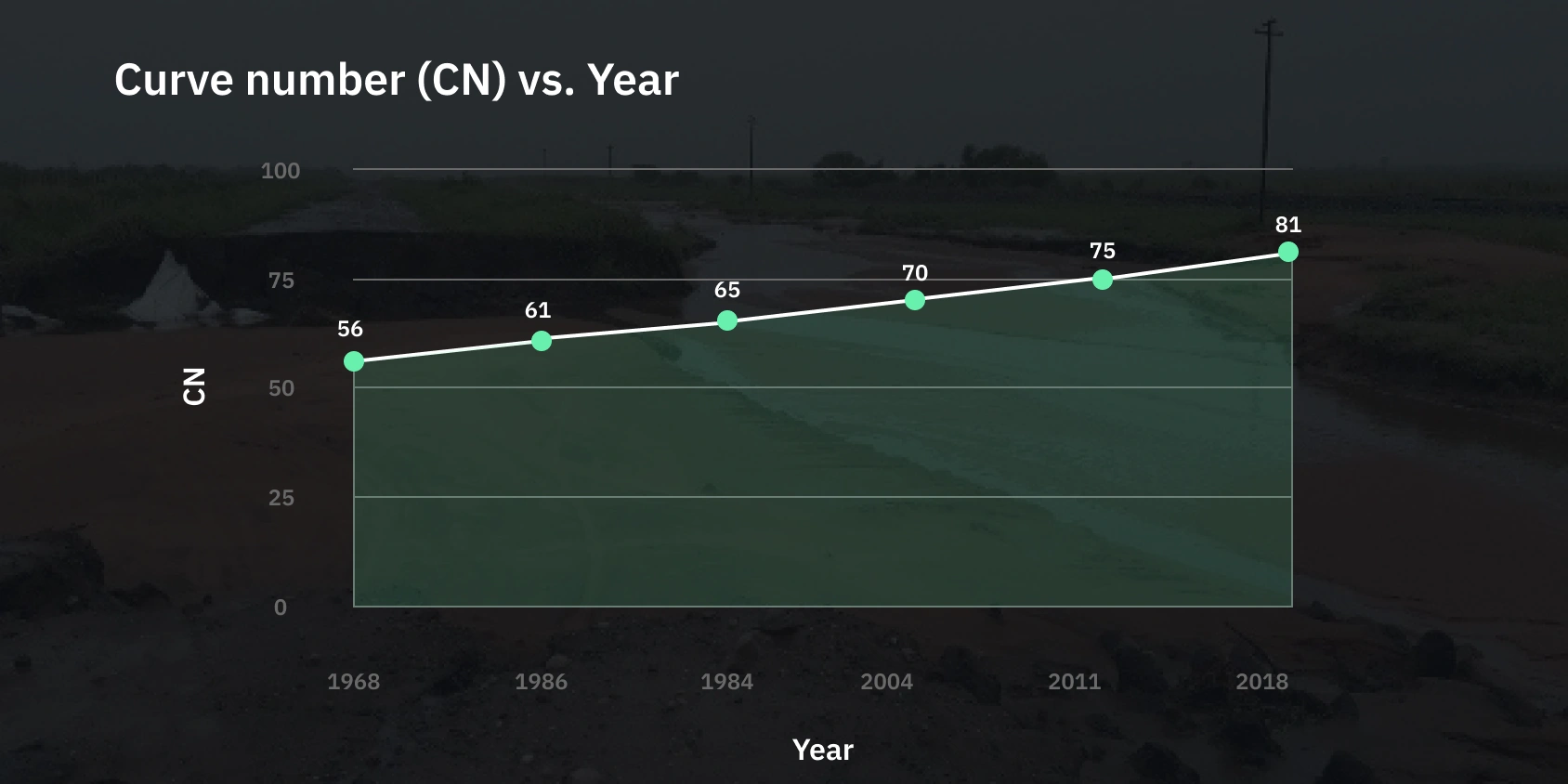
The table above clearly shows that the curve number has consistently increased over time. CN has grown in the past 50 years, which illustrates the landscape change and disruption of the entire ecosystem, as well as social infrastructure. The increase in the CN leads to constant floods in the study area with hydrological events of the same characteristics as those studied, representing a severe expense in repairs for local communities.
Impact: What’s Next?
For Mauricio and his colleagues, this research is a beacon of hope for showing how human actions can lead to serious soil damage. With that factual information, it is now possible for the communities to take action to stop and reverse the erosion process.
The losses generated in both agricultural production and civil works are now in millions of dollars, and they all contribute to the region’s hydraulic problems. Though agriculture and deforestation play an essential role in changing water management practices, those industries also suffer from the consequences.
Mauricio and his team continue their research with a similar analysis of basins in Brazil and Paraguay with the change in land use. Their goal is to analyze whether the structurally dimensioned culverts are adequate for similar heavy rainfall and flooding scenarios. This analysis can help authorities and relevant local bodies determine if they can modify future designs for culverts and bridges to be adaptable to rapid changes.
Mauricio and this team’s research can be used freely, so anyone willing to complete a similar project or use their findings is welcome to do so. Scholars like Mauricio and his team give hope to the local communities that they can later use the proof of CN changes and act upon the findings to stop and reverse erosion and prevent it in the future. The area flooding will become less severe, and fewer people, businesses, and local habitats will be affected.
About the author:
Kseniia Kunakh has over 6 years of writing experience, working in various domains, including business, educational, and media-directed texts. Kseniia’s previous experiences as a development manager in a Ukrainian eco-NGO and as a talent matcher in an IT company make her a perfect combination of someone who is passionate about eco-tech innovations and can communicate about them with ease.
Recent articles
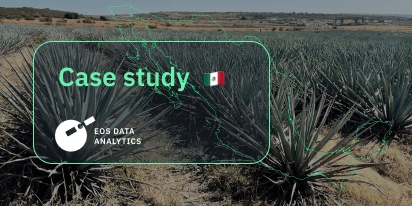
Digital Tools Improve Soil Health And Yields In Mexico
EOSDA and ITTA supported a Guanajuato farm with contour-line planning, monitoring tools, and practical guidance to reduce soil erosion and improve yields in the long run.

Analyze 2025 & Plan Your Best Year Yet: LandViewer Christmas Offer
It’s the most wonderful time of the year! The Christmas holidays are here, and so is your chance to analyze 2025 and plan a prosperous 2026 with more affordable Pro plans in LandViewer.

EOSDA Models Climate Change Impact On Sugarcane Yields
EOSDA modeled future temperature, rainfall, and other climate impacts on Veracruz sugarcane. The results help growers plan long-term adaptation strategies, including timing, varieties, and irrigation.